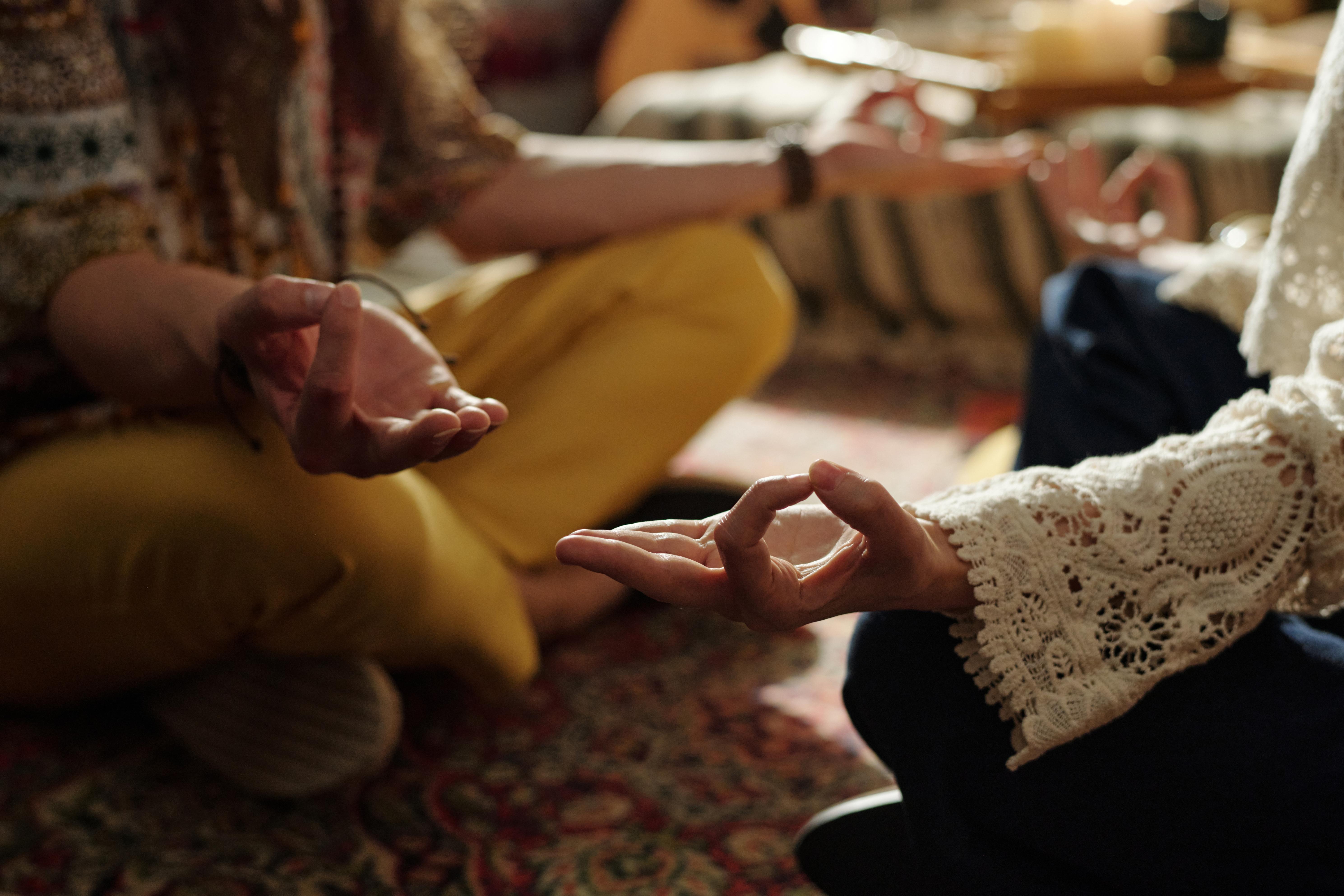Inner Peace, Outer Power: How Meditation Transforms Your Life
In a world that moves fast and pulls you in every direction, mindfulness is the radical act of coming home—to yourself. It’s not just about silence or sitting cross-legged on a cushion. It’s about presence. About paying attention. And about reclaiming your inner space in a culture that constantly tries to fill it. Whether you’re brand new to meditation or deep into your practice, there’s always another layer to explore. That’s why we’ve expanded our guide to 21 Methods to Elevate Your Mindfulness and Meditation Experience—a dynamic toolkit designed to help you go deeper, stay grounded, and unlock a richer connection with the present moment. From breathwork and visualization to movement, sound, and sensory awareness, these approaches go beyond the basics and meet you exactly where you are. Because mindfulness isn’t a destination—it’s a daily choice. One breath. One moment. One powerful shift at a time. Ready? Let’s begin.
1. Understanding the Foundations of Mindfulness

Before diving into advanced techniques, it is crucial to understand the foundational principles of mindfulness. At its core, mindfulness is the practice of maintaining a moment-by-moment awareness of our thoughts, feelings, bodily sensations, and surrounding environment. It involves acceptance, meaning we pay attention to our thoughts and feelings without judging them—without believing, for instance, that there’s a “right” or “wrong” way to think or feel in any given moment. By anchoring ourselves in the present, we can reduce stress, enhance emotional regulation, and improve our overall quality of life.
2. The Science Behind Meditation: What Happens in the Brain

Meditation is not just a spiritual or emotional practice; it has tangible effects on the brain. Neuroscientific research has shown that regular meditation can lead to structural changes in the brain, such as increased cortical thickness and grey matter density in areas related to attention and sensory processing. Furthermore, meditation has been linked to the downregulation of the amygdala, the brain's fear center, which can lead to reduced anxiety and improved emotional resilience. Understanding these changes can motivate practitioners to maintain a consistent meditation routine, knowing that their efforts are sculpting their brain for the better.
